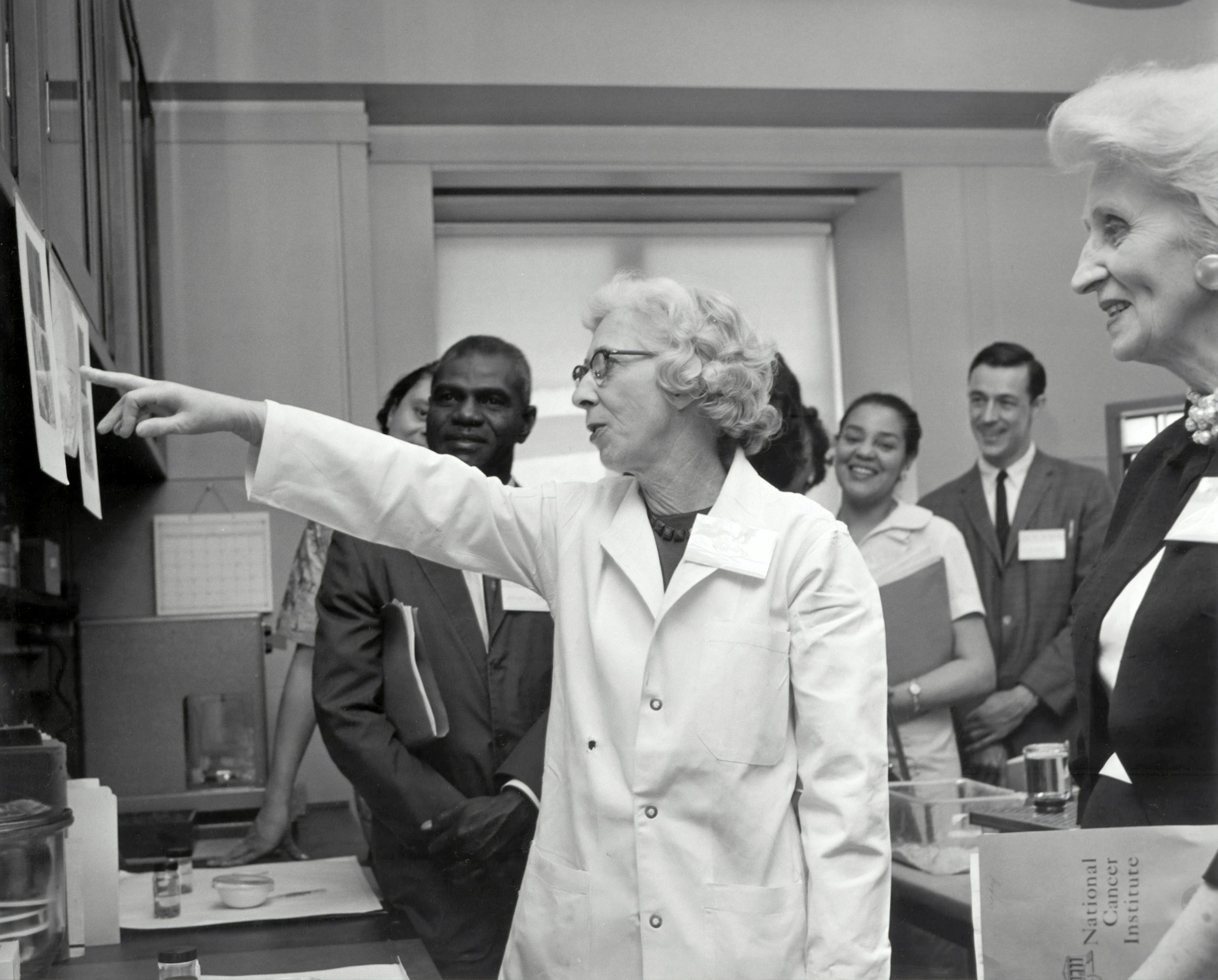From that pre-social-distancing era, one might recall surveys that ask about occupation, gender, and perhaps “Are you religious?”. So you quickly jot down your responses, but hesitate on the last question. Perhaps you enjoy religious celebrations a few times a year, so you tick “Yes”, and get back to emptying your wallet on Steam. But what is the actual state of religious belief in the modern world? And has coronavirus changed this?
Are we becoming less religious?
One might think that modernisation would inevitably lead to declining religiosity. José Casanova, a sociologist of religion, suggests secularisation to be a self-fulfilling prophecy, especially in Europe, where our historical self-understanding of being modern is mostly considered equivalent to being secular. Yet the reality seems to be more nuanced than that. This is partially due to a potential mismatch between religious self-identification and religious practice.
The Bertelsmann Religion Monitor (2008) of a representative sample of 21,000 adults (18+) from all continents shows “persistent and consistent rate of decline in religiosity” across Western Europe. Yet 56% of Europeans self-reported publicly practising religion at either a “high or moderate intensity”, 61% self-reported praying at “high or moderate intensity”. Furthermore, 69% of Europeans reported “belief in God or something divine”.
According to Casanova, such figures should prompt thinking about secularisation in Europe differently, and not as an overall decrease in religiosity. The key is not so much that self-reported religiosity is declining – but rather that numbers of religious practitioners at ‘high intensity’ are decreasing: the 2013 Bertelsmann Monitor found “a decline in the centrality and significance of religion for daily life”, and an increase in ‘low intensity’ religiosity. While religious practice is decreasing in the western world, it seems less clear whether religiosity is declining as such.
Assessing religiosity in times of crisis
On top of the impact of modernisation on religiosity comes 2020 with Coronavirus, and with it, the era of online lectures, social distancing, and Zoom. Yet to accurately assess changes in religiosity, many variables need to be accounted for.
For instance, a low attendance in communal religious practice after lockdown could be due to the fear of disease in large gatherings and not because of an actual decline in religious conviction. Conversely, independent of actual changes in religiosity, an increase in religious practices might be expected, such as in from of funerals for loved ones, previously-prohibited weddings, and other religious gatherings, fuelled mainly by the general urge to gather as soon as permitted.
While lockdown measures remain in place, there are more practical challenges to ascertain the numbers and demographics of religious practitioners, as people are all restricted to their own home or online gatherings and therefore difficult to sample. So is it perhaps too early to evaluate the impact of coronavirus on religion?
Religion as ‘Terror Management’?
While empirical data are scarce, the close examination of the origins of religion and the factors proposed to have promoted religiosity in human evolution could still allow to predict where religious practice might go in the face of crisis.
One framework for such predictions is the “Terror Management Theory” (TMT), which posits that as a biproduct of evolving intelligence and the drive to avoid danger, humans evolved an awareness of their own vulnerability and mortality, which could induce a sense of dread or ‘existential crisis’. Thus, according to TMT, humans developed coping mechanisms such as cultural beliefs – including religions – that provide a solution to this terror: this can be the belief in symbolic immortality via strong group identity or values (being part of something ‘greater’ than life) or belief systems that lift human life above biological restrictions by promising literal immortality.
“Personal experiences and the daily news dominated by coronavirus, death, and infection rates foster the urge to belief in something ‘greater’ than life.”
Evidence for this possibility stems from experiments such as by Norenzayan and Hansen (2006), which required undergraduate participants to write a paragraph on ‘‘the feelings that the thought of [their] own dying arouse in [them]’’, while a control group wrote a paragraph on the feelings that eating their favourite foods would arouse in them. Afterwards, each group was asked about how strongly they believed in God and supernatural beings. The group asked to think about their own mortality did indicate stronger religiosity.
Importantly, the evidence for ‘mortality salience’ as suggested in the framework of TMT is controversial. Yet, the possibility remains that personal experiences and the daily news dominated by coronavirus, death, and infection rates foster the urge to belief in something ‘greater’ than life, and may ultimately promote religiosity.
Is religion serving a vital social function?
Many hypotheses about the origin of religion are connected to increased social complexity during the emergence of human societies. For example, the so-called ‘Moralising Gods Hypothesis’ posits that the belief in gods who punish moral transgressions promotes cooperation and morality and thus benefits societies. Nicholas Wade, in The Faith Instinct, suggests that ‘proto-religious behaviour’ originated with ritual behaviours, which have elsewhere been suggested to promote in-group cooperation as well.
“During times of social distancing religions might provide fewer aspects of their social functions.”
Further, based on the work by Tajfel (1979), it has been suggested that religions provide a strong group identity, which, in turn, may benefit individual wellbeing. For example, Greenfield and Marks randomly selected 3032 participants, interviewed them about their religious practice, and assessed various psychological measures on well-being. The study concludes “associations between more frequent formal religious participation and higher levels of subjective psychological well-being”.
It seems likely that during times of social distancing religions might provide fewer aspects of their social functions. At the same time, the need for a social identity seems ingrained in human nature. Being confined to small family groups or living alone could form a great void in our social identities. How this void might be filled is a question well worth asking.
How might the current crisis impact religion?
At an individual level, the coronavirus poses imminent problems, such as for health, finances, and employment. Yet, humans aren’t merely individuals, but are social animals. And aren’t there sentiments that only social gatherings elicit? Not strictly religious, but events eliciting the excitement of social identity – the sacred anthem before cricket, or wearing sub fusc to formal hall* – the type of activities proving that one is part of something greater than the merely profane. This need for social interaction might be filled with rather irrational activities, such as ritually scrolling through the social media feeds each evening, participating in the rite of a group call each night, and posting meaningless memes and gifs, perhaps to give ourselves meaning in a meaningless universe…
On another level, lessons from the past show that the lack of religious gatherings is not synonymous with suppression of religion but rather, for better or for worse, might result in a change in religious practice. For example, before the Protestant Reformation (16th century), the Christian population would have associated religion with church attendance, physically receiving Sacraments, and listening to the ‘Word of God’, and much less with individual faith.
With the invention of the printing press, the emphasis was shifted and many Christians began to consider reading the Scriptures, doing good things (according to Christian doctrine), and individual prayer as the essence of religion – the emphasis shifted with a different medium of communication. The pandemic will be temporary, but the way we think about religion may shift permanently. With Zoom and YouTube, there might well be a qualitative shift in the religious mentality, when it comes to sacred space and time.
“Crises could foster religious belief but at the same time diminish some of the benefits of religious practice.”
There are fascinating new developments within the framework of religious studies to be done post-pandemic and many more questions to be asked – both for the isolated, vulnerable, creaturely at home, and for the scientist alike. It seems that crises could foster religious belief (by promising an escape from worldly problems) but at the same time diminish some of the benefits of religious practice, and, in the long run, perhaps change religion entirely: quasi-religious behaviours might already be emerging. Whilst Covid-19 is a scourge for humanity overall, its impact on religion might turn out to be a double-edged sword.
* ‘Sub fusc’ describes the clothing worn by Oxford students beneath the academic gown during examinations and when attending ‘formal hall’, a formal dinner for students and academics at the university.
References and Further Reading
Casanova, J. “The Secular and Secularisms,” Social Research 76/4 (2009): 1049–66.
Durkheim, Émile, 1858-1917. (1915). The elementary forms of the religious life, a study in religioussociology. London. Allen & Unwin; Macmillan,
Eliade, M. (1987) The Sacred and the Profane: The Nature of Religion, London: Harcourt Brace.
Eliade, M. (1996) Patterns in Comparative Religion, London: University of Nebraska Press, Trans.Sheed, R. (Originally published 1958, New York), Print.
Otto, R. (1958). The idea of the holy: An inquiry into the non-rational factor in the idea of the divine and its relation to the rational. London: Oxford University Press.
Rosenblatt A, Greenberg J, Solomon S, Pyszczynski T, Lyon D. Evidence for terror management theory: I. The effects of mortality salience on reactions to those who violate or uphold cultural values. J Pers Soc Psychol. 1989;57(4):681‐690. doi: 10.1037//0022-3514.57.4.681
Tajfel, H. (1970). Experiments in intergroup discrimination. Scientific American. 223(5), 96-102.
Wade, N. (2009). The faith instinct : how religion evolved and why it endures. New York: Penguin Press.
Title image by Lizzie Daly





